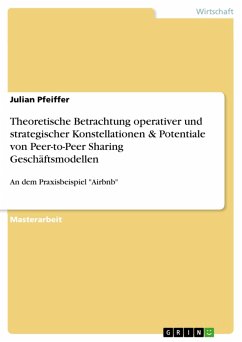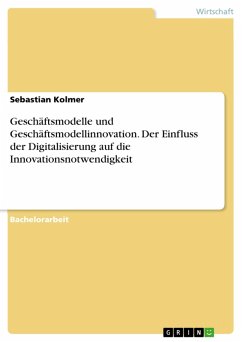Seminar paper from the year 2019 in the subject Business economics - Company formation, Business Plans, grade: 1,7, Berlin School of Economics and Law, language: English, abstract: In today's world, it seems like people are continuously engaging in a lifestyle which is characterized by lots of work, activities, responsibilities, and very little spare time. One striking example of rather inefficient time management is the attendance of a doctor's appointment. Long waiting times at doctors' offices are one of the main reasons for patients' complaints. Patients increasingly perceive excessive waiting times as an indication of poor practice management, which many of them are not willing to accept. Rather, they demand a well-functioning, patient-oriented time management Self-evidently, the dissatisfaction and fluctuation of patients are displaying major problems for doctors. Moreover, long waiting times in practices are also a prevalent issue on the side of the practice personnel, as trouble with time management and appointment scheduling resulting in crowded waiting rooms and dissatisfied patients causes doctors having to rush through a large number of patients in a limited time frame. Clearly, the described problem of inefficient time management in doctors' offices negatively affects both patients and physicians. Furthermore, both sides seem to have matching needs, as time is at the essence. While patients are seeking to spend less time in the waiting room, doctors are aiming to effectively manage their appointment scheduling and practice procedures. Thus, this manifested problem requires a solution which addresses the needs and unifies the benefits for both patients and doctors. SmartWait approaches this problem through an innovative, digital solution, which optimizes time management in practices. The underlying concept of the idea and the business model architecture of SmartWait shall be discussed in depth in the following paper.
Dieser Download kann aus rechtlichen Gründen nur mit Rechnungsadresse in A, B, BG, CY, CZ, D, DK, EW, E, FIN, F, GR, HR, H, IRL, I, LT, L, LR, M, NL, PL, P, R, S, SLO, SK ausgeliefert werden.









